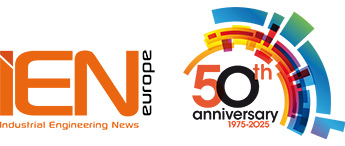The proliferation of advanced electronic products and complex electronic content is compelling original equipment manufacturers (OEMs) to outsource testing needs to electronic manufacturing service (EMS) providers. Technological change and product innovation in other industries such as automotive, medical, electronics and defense increases use of electronics opens up opportunities for EMS providers to offer modern, customized testing solutions.
New analysis from Frost & Sullivan, Test & Measurement in the Global Electronics Manufacturing Services Market, finds that the market earned revenues of $2.11 billion in 2013 and estimates this to reach $3.99 billion in 2020. The EMS test services covered include defect analysis, in-circuit testing, inspection with image processing, functional testing, automatic optical inspection, burn-in and X-ray inspection.
Increasing circuit board densities, decreasing space between holes, and the growing requirement for printed circuit boards (PCBs) to perform in hot and humid environments is creating demand for complex testing solutions. To save on costs, OEMs are outsourcing testing operations to EMS vendors, who are developing a new generation of testing products with higher frequencies, embedded passives, greater densities, and finer lines.
OEMs also rely on EMS providers to manufacture, sub-assemble and assemble cost-effective PCBs at a faster time-to-market. EMS providers will particularly benefit from offering in-circuit testing, which is used to evaluate passive components of PCBs for presence, continuity, connection, and faults to avoid additional costs in manufacturing.
In-circuit test costs per pin for high-performance PCBs have remained stable for some time. However, new demands for higher speeds, greater accuracy, more timing sets, and enhanced vector memory have escalated capital costs for high-performance test and measurement equipment, posing a challenge for EMS providers.
EMS providers will benefit from strategically choosing segments to compete in. Focusing on expanding manufacturing capacity to achieve economies of scale for high-volume products such as computers, notebooks and low-end mobile handsets will be profitable. Moderate-volume products like medical equipment, which are mostly protected by OEM-specific intellectual property, can also provide EMS vendors with the required balance of margins and competition.




























































